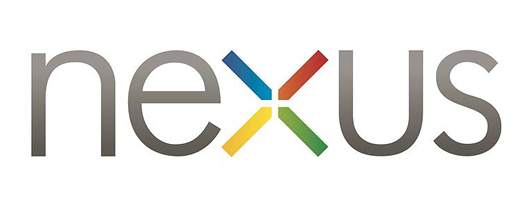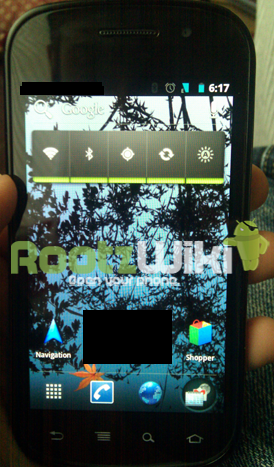

When Motorola, Google, and Verizon teamed up for the launch of the original Droid smartphone during the holiday season of 2009, the course of Android was forever changed. The phone shipped with top-of-the-line specs for its day and featured a stock build of Android 2.0 Eclair. Its life as the first and only device with the newest version of Android was short lived, however. Just a couple of months later in January of 2010, Google introduced their own flagship Android handset, the Nexus One. The long-rumored Google Phone was a collaboration with HTC and outpaced the Motorola Droid by introducing an even newer version of Eclair, Android 2.1. The Nexus One was an experiment in mobile phone sales with Google selling the GSM device unlocked for use on compatible carriers. The handset was eventually picked up by carriers worldwide, including T-Mobile and AT&T in the United States. As a CMDA-based provider, Verizon was left out.

We all know the story from there. Android saw several more updates over the course of the year. By the time the holidays rolled around once more a new build of Android was ready for launch. Google introduced the Nexus S by Samsung to go along with Android 2.3. Verizon’s Droid had aged by now, though it was followed by several big-name launches. Still, a stock Google flagship device was not in the carrier’s future lineup. T-Mobile saw the Nexus S. AT&T saw the Nexus S. Even Sprint, with their CDMA network, saw a custom version of the Nexus S complete with additional 4G WiMAX radio. If Google and Samsung could make these accommodations for other carriers, why no Nexus S for Verizon?
While the actual answer is most likely mired in politics, a fledgling 4G LTE network, and a crammed roadmap of releases for Big Red, it’s hard to see why the carrier was not included. If it wasn’t for the Motorola Droid and Verizon’s aggressive marketing campaign there may have never been a future for phones like the Nexus S. Not only is Verizon one of the largest mobile providers in the nation, but a recent study by Chitika shows Verizon as the top Android carrier, as well, with 41 percent of devices running the OS originating on VZW’s network. It would seem like a no-brainer to go to Verizon for the launch of new flagship Android products. Google perhaps skipped over Verizon for the Nexus S in exchange for exclusive rights to launch the first Honeycomb tablet, the Motorola XOOM. But that device quickly spread to other networks and became available as a WiFi-only model, and a tablet has no where near the same reach as a smartphone. So Google, where’s the Nexus love?

As we all know, a new device is in the pipeline — a Nexus phone designed as the launch partner for yet another version of Android, Ice Cream Sandwich. Rumors surfaced towards the end of last week the the so-called Nexus Prime was spotted around Verizon’s offices, apparently getting the once over for consideration for a fall release. Those rumors, as unsubstantiated as they are, give us hope that Verizon could finally see a big name, stock Android phone. Perhaps the Nexus line, which hasn’t exactly made it to the best sellers list, could see a significant boost in popularity from the partnership. It sounds like a win-win.
Full disclosure here: I am a Verizon subscriber and first bought into Android with the Motorola Droid. With a contract soon to expire and a fervent love for all things stock Android, even speculation that the next Nexus phone will land on Verizon is enough to keep me from signing my life away for a Motorola Droid Bionic or Samsung Galaxy S II. Both will no doubt be great phones, but for Android purists in search of a device that pushes the boundaries of the platform’s capabilities, it’s not a hard choice to hold out to at least see if the Nexus Prime makes its way to Verizon, and hopefully with LTE in tow.
So for my sake, I will ask the question again. Google, where’s a Verizon Nexus phone? Anyone who can help me with the answer please get in touch.













